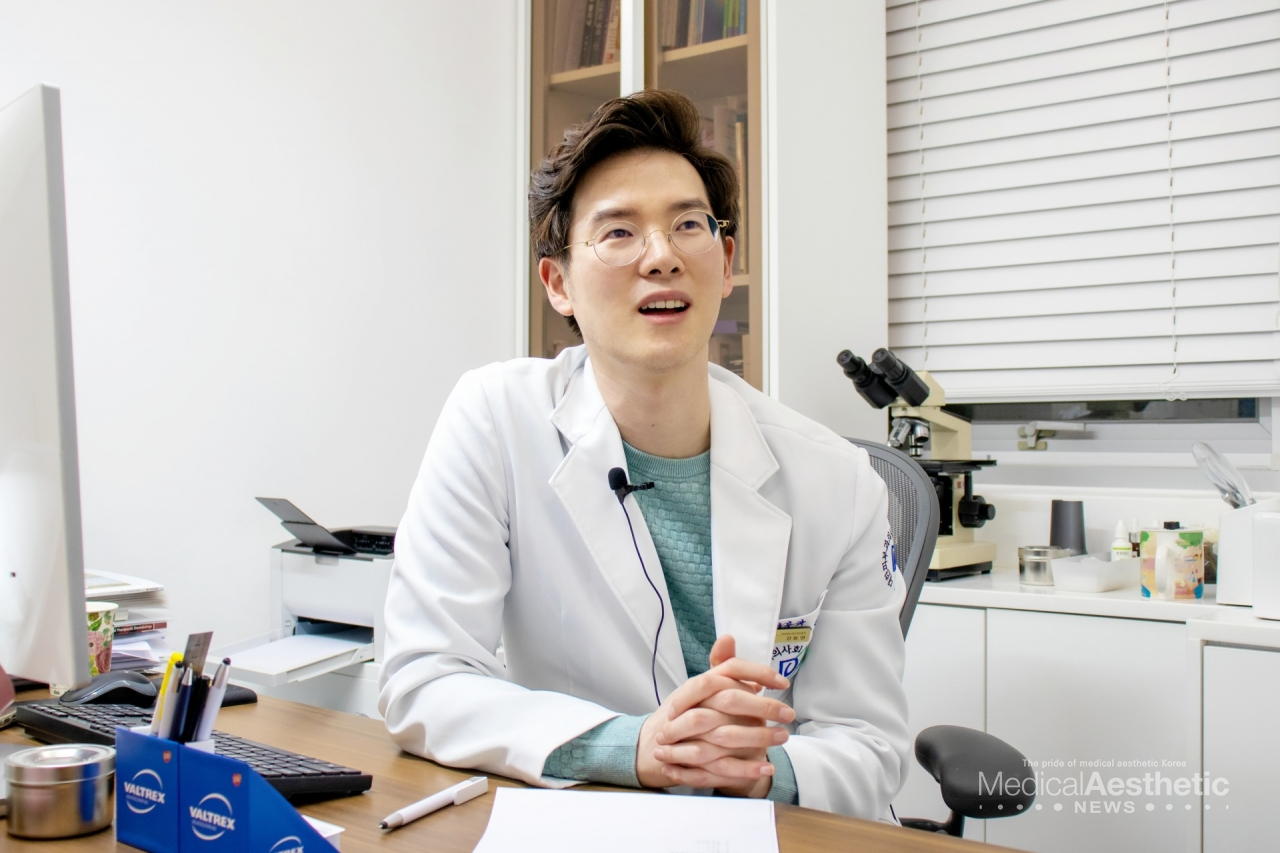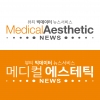It can spread to eye diseases or cause various secondary diseases.
It is important to avoid environmental factors that cause rosacea.
When you go into a warm place after shivering in the cold in winter, you can often see the cheeks and tip of your nose turn red. The same goes for eating hot and spicy food or when you are angry. This temporary reddening of the face is called 'facial flushing', and if the face turns red frequently or continues for a long time in addition to these times, rosacea may be suspected.
Rosacea is a chronic inflammatory disease in which capillaries in the skin react excessively to external temperature and others. It is characterized by redness of the central part of the face, especially the protruding parts such as around the nose, cheeks, chin and forehead, and papules, pustules, blisters and repeated redness or telangiectasia.

Facial flushing, in which the face temporarily turns red, is the most characteristic symptom of rosacea, and it appears as rosacea as it worsens if left untreated. In addition, it can appear as a result of inheritance, weakening of the skin barrier due to excessive cleansing, or frequent exposure to hot environments.
Dr. Dong Young Kang, a founder of K dermatology clinic, said, “Excessive cleansing or exfoliation can cause irritation and friction to the skin, thereby breaking the skin barrier. Rosacea can occur when you are in a hot environment, but it can also be caused by a job in front of a fire or frequent visits to saunas. When a person sensitive to external temperature changes behaves like the above, rosacea is more likely to appear.”
Sometime, rosacea symptoms accompanied by papules or pustules are mistaken for acne or seborrheic dermatitis and steroid are used. Rosacea may occur as a side effect of indiscriminate use of steroid. Accurate diagnosis is necessary because it is necessary to accurately diagnose rosacea so that appropriate medications can be used, and lifestyle changes can be improved.
Dr. Kang explained, “The main symptoms of rosacea are erythema and vasodilation. It is distinguished from acne by the absence of comedones. Acne appears on average at a younger age than rosacea and occurs frequently on the neck and trunk, but rosacea rarely appears on areas other than the face. Seborrheic dermatitis is characterized by the appearance of yellow or orange scales on the erythema, and although it is somewhat itchy, the burning or stinging symptoms seen in the rosacea is less.”
If the rosacea continues or worsens, it can also affect the blood vessels in the eye, leading to eye diseases such as conjunctivitis, iritis, and keratitis, and various secondary diseases such as skin deformation due to proliferation of the skin surface.
Dr. Kang mentioned, “Recent studies have reported that rosacea may be accompanied by inflammatory bowel diseases such as Crohn's disease, ulcerative colitis, celiac disease, and Small Intestinal Bacterial Overgrowth (SIBO). Rosacea may relate with diabetes, hypertension, dyslipidemia, and coronary artery disease was also mentioned. Also, it may relate with neurological diseases (migraines, depression, anxiety disorders, etc.) and neurodegenerative diseases (Alzheimer's, Parkinson's disease) has been raised."

Rosacea is mainly treated with drugs, skin barrier strengthening, vascular laser and lifestyle correction.
When the capillaries in the skin react excessively, papules or pustules appear as an inflammatory reaction. Antibiotics such as ‘Minocycline’ or ‘Doxycycline’ can help reduce inflammation. Also. ointment such as ‘Surantra cream’ can help reduce inflammation. If the rosacea symptoms accompanied by a burning sensation and stinging persist, I can use ‘Alphagan P eye drops’ containing brimonidine.
As it can appear as a weakening of the skin barrier, treatment to strengthen the skin barrier can be helpful. It is a principle that stimulates the skin with ultrasonic waves such as BellaSonic, Sono Styler and LDM and produces collagen to calm and make the skin healthy.
After that, a vascular laser, Vbeam can be used. However, the laser treatment may occur the adverse effect when it starts on not stabilized skin barrier. It is safe to start laser treatment after making the skin healthy through drug treatment, strengthening the skin barrier, and improving lifestyle.
The most important treatment and prevention of rosacea is lifestyle change. It is most important to avoid environmental factors that can cause rosacea.
Dr. Kang advised, “Do not drink alcohol, do not engage in sauna and excessive exercise, and avoid direct exposure to cold or ward wind, cold or hot water. Spicy and hot foods should also be avoided, and mint should be avoided as they are not good. It is good to use all four methods to get synergetic effect.”


